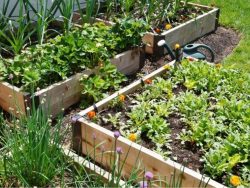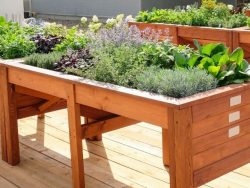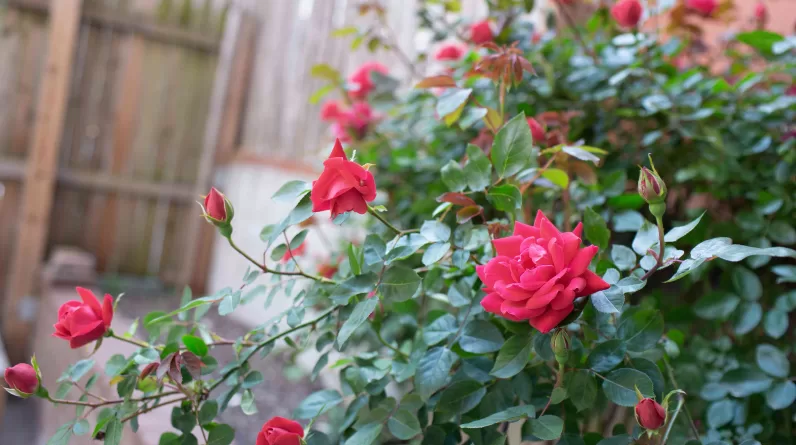Gardening is gaining popularity in Canada and there is a marked enthusiasm for growing fruits and vegetables at home. Whether you want to set up a vegetable garden in the ground or opt instead for containers on the balcony, the fact remains that there are some basic rules to respect. Discover here the best practices you need to know to succeed in your vegetable garden this season.
Choosing the Right Location
The location of your vegetable garden will certainly have an impact on your harvests. First of all, you should know that a vegetable garden requires at least 6 hours of sunlight per day. Ideally, you should also position your garden sheltered from the wind and near a water source to make watering easier.
Provide the necessary space
You are probably wondering how big your vegetable garden should be. Although the ideal dimensions for an average family of 4 are 2m x 4m, we recommend taking it step by step. Even if you are enthusiastic about making a garden, you are always better off starting smaller with a 1m x 2m garden for example to familiarize yourself and enjoy your first gardening experience. You can always expand it the following year.
If you are a beginner and have never gardened before, we recommend that you opt for a raised garden or a vegetable table. The vegetable table has the advantage of being at an ideal height and you will have less weeding to do. In addition, rearranging your yard will be easier, if and only if you change your mind after the season!
Choose vegetables that are easy to grow
Of course, it’s always a great idea to grow the vegetables that your family loves to eat, but be aware that some vegetables are easier to grow than others. Tomatoes and beans are perhaps the most common varieties but discover other easy-to-grow vegetable varieties right here.
Fact to consider: If you opt for staked vegetables such as tomatoes, cucumbers, or string beans, prioritize individual pots on the balcony.
Opt for winning combinations
Did you know that some vegetables produce more when grown next to their companion vegetables? Discover all the secrets of companionship right here.
Use the right potting soil
Depending on the type of vegetable garden you choose, you will need to choose the corresponding soil:
Vegetable garden in the ground or raised :
Potted vegetable garden or vegetable table :
Use the Potting Soil for Urban Vegetable Gardening and add 1 inch of Compost Biosol to the bottom of your container. You will then stimulate the growth of your plants mid-season.
In either case, the following year, remove the top 6 inches of old potting soil and replace it with new soil. Add compost and mix.
Fertilize
Whether your vegetable garden is in a pot or the ground, fertilization should not be neglected. When planting, add Biosol compost and natural vegetable garden fertilizer to encourage a bountiful harvest. Fertilize again every 3 to 4 weeks.
Water adequately
It is always best to water early in the morning to allow the foliage to dry out during the day and thus reduce the risk of disease. Also, prioritize regular deep watering to encourage root growth. Regularly monitor the moisture in the soil by sticking your index finger into it. You may need to water more often during heatwaves. Stay vigilant! Overwatering can risk rotting your plants.
When your plants have reached 10 to 15 cm, add mulch to control weed germination while reducing watering. Buckwheat hull mulch or even shredded autumn leaves are ideal for the vegetable garden.
So there you have it, you now know that the vegetable garden is not complicated. You are now ready to start. To find out how to grow your vegetables and herbs in containers, watch these videos:











